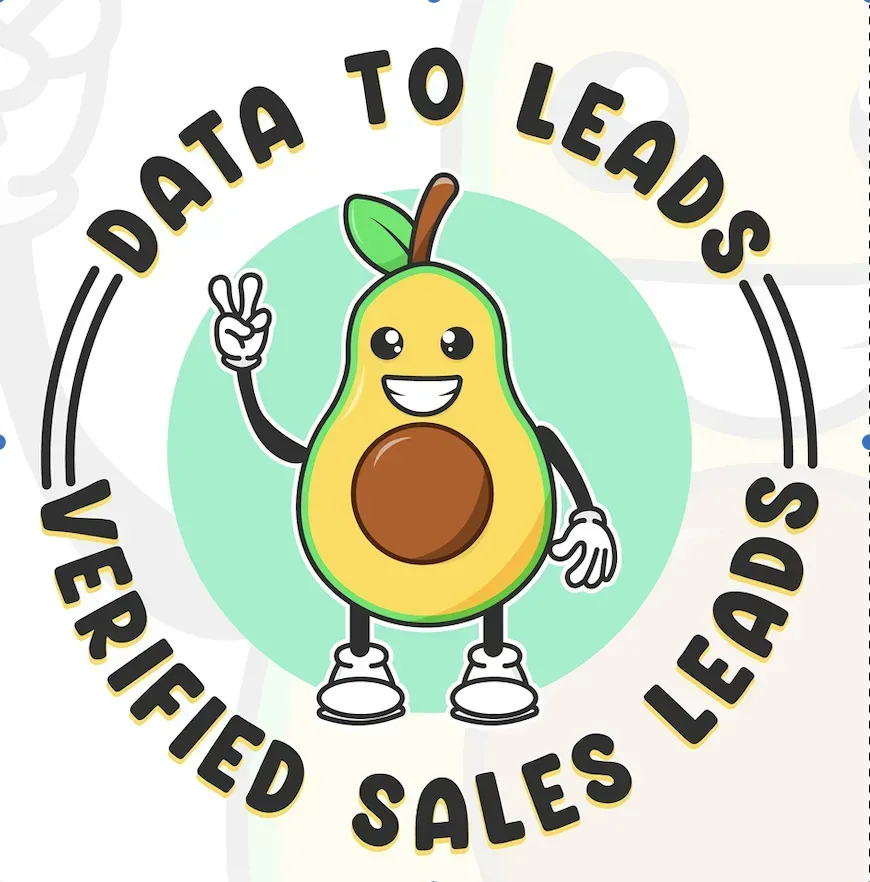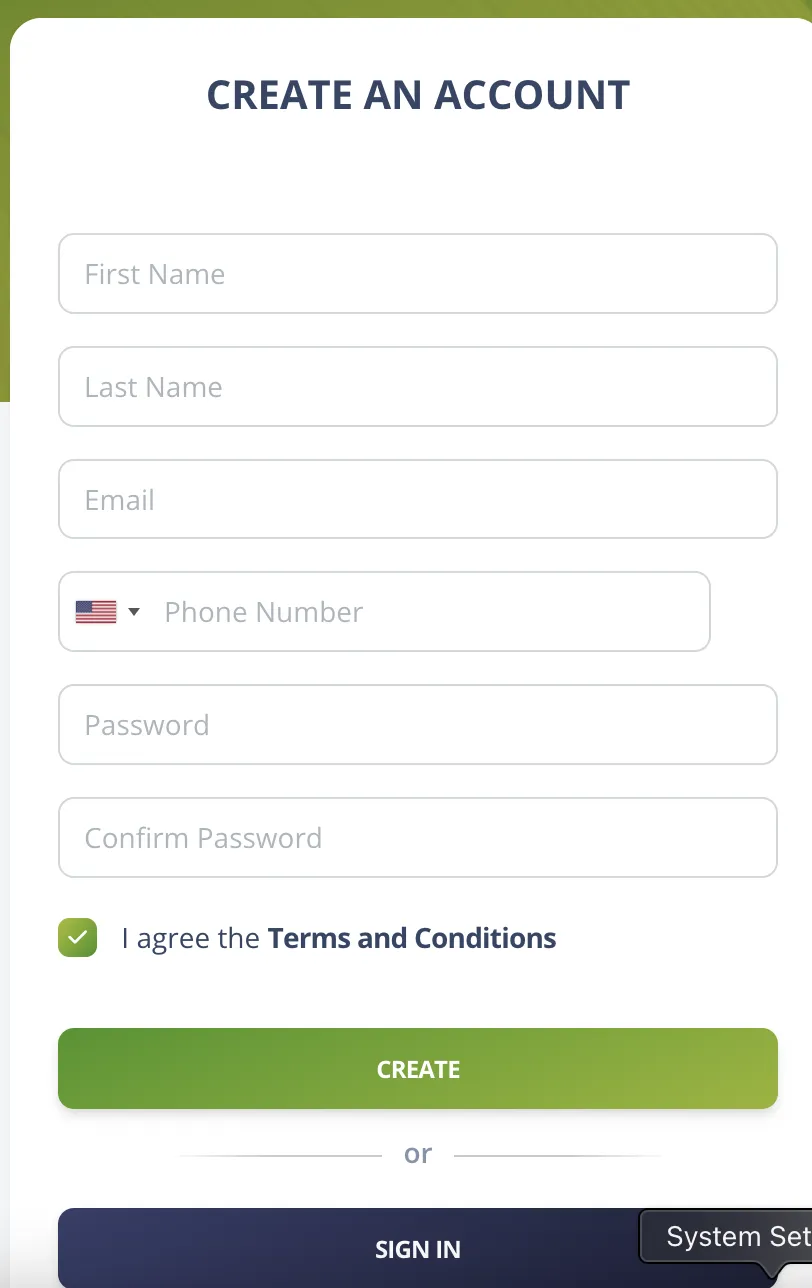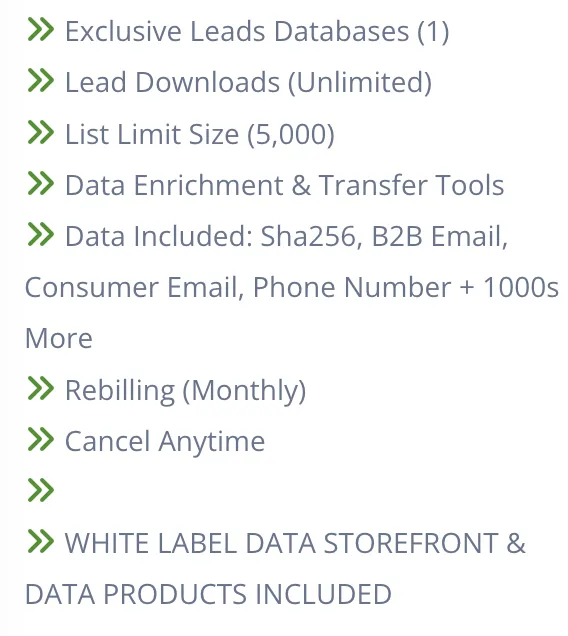Master Email Marketing & Get Into the Inbox
Email remains one of the most powerful digital marketing channels, enabling businesses and individuals to directly reach target audiences. Whether you’re nurturing leads, promoting products, or simply sharing valuable content, a well-crafted email strategy can boost conversions and deepen customer relationships. However, getting messages seen—and not relegated to spam—requires a fine balance between relevance, frequency, and trustworthiness.
In this guide, we’ll explore new techniques that go beyond basic tactics. You’ll learn how to optimize your sender reputation, create compelling subject lines, refine your email segmentation, and manage important technical factors like SPF, DKIM, and DMARC. By focusing on best practices and leveraging modern email marketing tools, you can significantly improve both open rates and click-through rates.
Additionally, consider leveraging powerful sales and CRM solutions like Apollo.io, Seamless.ai, and HubSpot, or funnel-building and marketing insights from Grant Cardone, Frank Kerns, and GoHighLevle to further enhance your outreach and conversions.
1. Personal vs. Business Emails
Many corporate email systems have sophisticated spam filters that frequently flag bulk senders. Using a personal email address (e.g., @gmail or @yahoo) can give you a better starting point for initial deliverability. This approach often feels more authentic to recipients, who are more likely to open emails from an address resembling a real person.
Emails from individual senders tend to generate higher open and response rates than messages from generic “info@” or “noreply@” accounts. A friendly, personalized sender name boosts credibility and fosters trust. Over time, this trust translates into better engagement metrics that help maintain a solid sender score.
Despite the potential advantages of personal emails, sometimes a branded domain address is more appropriate—particularly for official communications, product launches, or corporate updates. In these cases, ensure you’ve properly authenticated your domain (SPF, DKIM, DMARC) and warmed it up gradually with smaller sends before scaling.
2. The Importance of Email Verification
Every undeliverable email damages your sender reputation. By verifying your email lists, you eliminate invalid addresses and minimize bounce rates, which helps maintain a stronger foothold in recipients’ inboxes.
Inactive or dormant subscribers can lower engagement metrics and hurt deliverability. Implement automated list cleaning routines—removing duplicates, spam traps, and dormant addresses—to keep your list fresh and valuable.
Email verification isn’t just about eliminating obvious invalid addresses. It also helps detect spam traps, which are often set up by ISPs or anti-spam organizations to identify unwelcome bulk senders. Maintaining a spam-free list preserves your credibility with ISPs.
3. Improving Email Deliverability & Avoiding Spam
Audience segmentation takes personalization to the next level. By grouping subscribers according to interest, location, past purchases, or engagement history, you send content that resonates more effectively. Higher engagement signals to email providers that your messages are valuable.
When introducing a new sending domain, gradually increase sending volume. Start with your most engaged users to establish a positive track record. This ‘warming up’ process builds domain reputation and helps avoid spam flags.
Experimenting with different subject lines, preview text, and email copy can reveal what recipients respond to best. Split test your campaigns to discover which approach yields higher open and click-through rates. Over time, these incremental improvements raise your sender reputation.
Always adhere to CAN-SPAM, GDPR, and other regional email marketing laws. Including easy opt-out mechanisms and respecting user preferences not only protects you legally but also promotes healthier subscriber relationships.
4. Long-Term Email Success
A drip campaign is a sequence of automated emails sent over a period to nurture leads or customers. Rather than blasting out sporadic messages, drip emails methodically guide users through a funnel—whether that’s an onboarding sequence or a product education series. This steady flow maintains engagement without overwhelming subscribers.
Over time, segments of your list may go inactive. Re-engagement campaigns—featuring special offers, updated product information, or personalized content—encourage lapsed subscribers to reconnect. If they remain unresponsive, removing them from your list can help maintain high deliverability rates.
Trigger-based emails—like welcome messages, birthday discounts, or cart abandonment reminders—are highly relevant and time-sensitive. Integrating automation ensures you deliver the right message at the right moment, increasing the likelihood of interaction.
5. Using Third-Party Email Platforms
Popular tools like Mailchimp, Instaly, ActiveCampaign, Apollo.io, and Seamless.ai offer advanced automation, detailed analytics, and robust templates to streamline your email workflows. CRM platforms such as HubSpot can also integrate your email campaigns with broader sales pipelines.
Influencers in the marketing world like Grant Cardone and Frank Kerns provide extensive funnel-building strategies. Additionally, funnel-building software like GoHighLevle can help you design automated marketing experiences for your subscribers.
Even with cutting-edge tools, however, inbox placement depends on sound practices. A high bounce rate, poor sender reputation, or irrelevant content can undermine your efforts. Always pair third-party solutions with a data-driven strategy to maximize success.
Look for platforms that offer spam testing, advanced segmentation, and deliverability reporting. These insights help refine your campaigns and support continuous improvement over the long term.
6. Conclusion
Email marketing is both an art and a science. Effective campaigns require strategic planning, high-quality lists, and constant optimization of content and timing. By focusing on personalization, technical authentication, and ongoing engagement strategies, you can continuously improve your open rates, click-throughs, and overall ROI.
Remember that a healthy sender reputation is built over time. Keep your lists clean, your domain verified, and your messaging relevant to your subscribers’ needs. When combined with the right third-party tools—or even expert guidance—you’ll achieve consistently strong inbox placement.
Expanding on Instantly.ai & Mailchimp
Among email marketing platforms, Instantly.ai excels in automated cold outreach and multi-account management. Its interface handles multiple email addresses to maximize reach and improve email deliverability. Tasks like warm-up sequences are automated, letting you focus on crafting compelling messaging.
Instantly.ai leverages advanced data analytics, offering insights into open rates, click-through rates, and reply rates—valuable for A/B testing. Agility is essential for refining your messaging across diverse segments, whether targeting small businesses or enterprise-level contacts. Instantly.ai’s segmentation ensures personalized communication tailored to specific pain points.
On the other hand, Mailchimp is ideal for intuitive email solutions. Known for its user-friendly interface and robust template library, Mailchimp lets marketers design professional-looking emails without coding. Its drag-and-drop editor simplifies newsletters and promotional campaigns, enhanced by audience segmentation and behavioral targeting.
Mailchimp integrates seamlessly with CRM and sales systems, automating tasks like abandoned cart reminders. Built-in analytics let you track granular campaign performance, optimizing subject lines, send times, and content. These insights help identify effective messaging for campaigns ranging from business owners to real estate agents using specialized datasets.
Both Instantly.ai and Mailchimp cater to different marketing strategies. Instantly.ai is ideal for outbound, cold-email campaigns requiring multiple accounts and advanced monitoring. For branding-focused inbound strategies, especially involving e-commerce or CRMs like GoHighLevel, Mailchimp remains a leader.
Regardless of your platform choice, maintaining clean email lists, crafting highly relevant messaging, and monitoring engagement data closely remain critical. Strategic usage alongside solutions like Apollo.io, Seamless.ai, or HubSpot—or guided by experts like Grant Cardone and Frank Kerns—can significantly boost deliverability and ROI.
Additionally, leveraging resources such as Stripe integrations, understanding CRM management, and implementing advanced verification tools helps further optimize your email marketing results. Combining these elements positions your business strongly within the competitive landscape of digital marketing.




